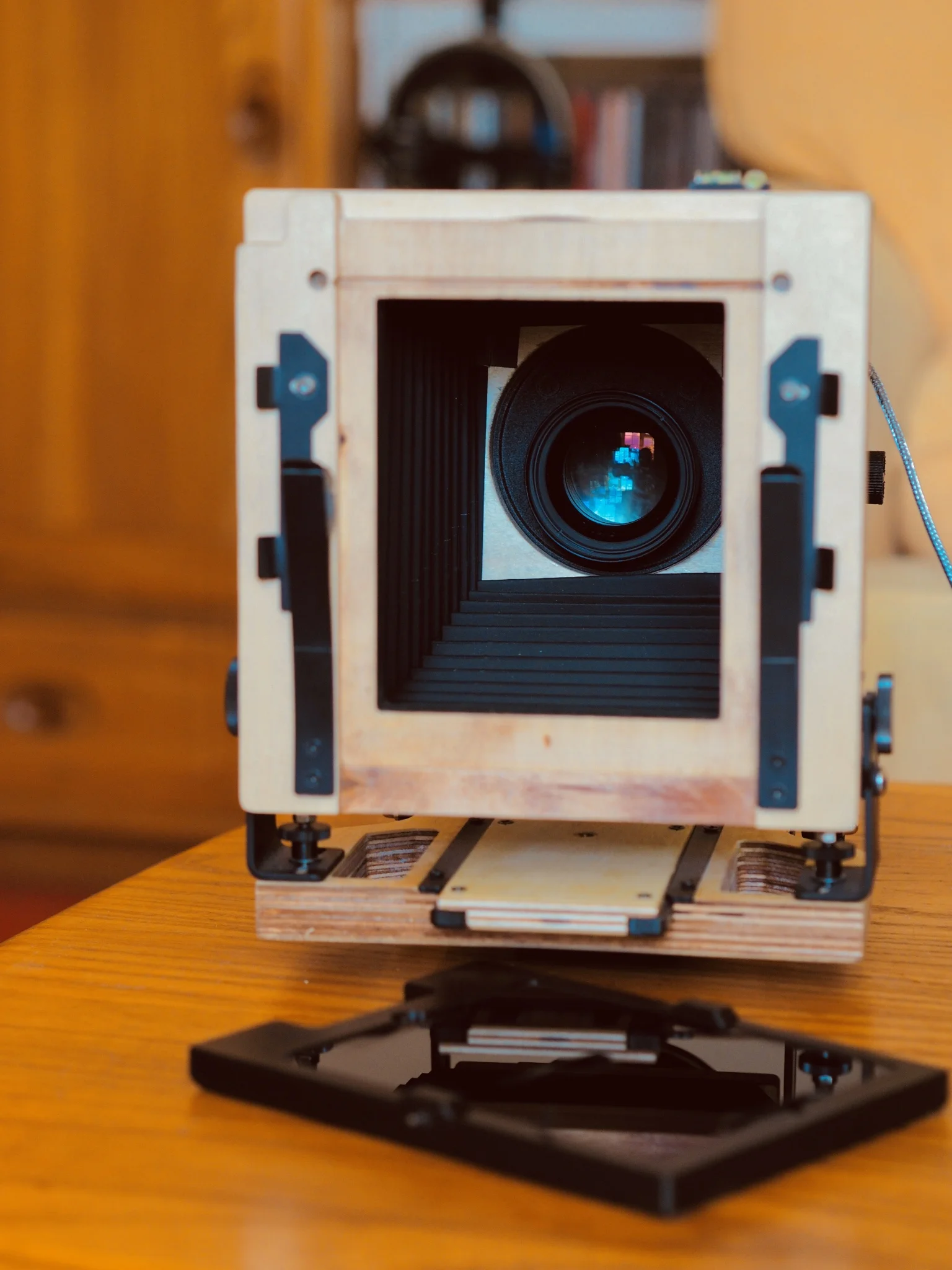Your Custom Text Here
Fuji!
For a long time now, we've been using a range of cameras from a couple of camera systems for our wedding photography - we have used the canon 5DIII, the canon 7D and a pair of Olympus OMDs. We've got quite an extensive range of lenses for both systems...we used the same collection of kit for our event and gig photography too
At the end of last year, we decided that in order to make our workflow a little easier we'd move to a single manufacturer and have matching cameras. Well, it's not quite worked out like that, as I'm very attached to my OMDs and Em still loves her very well worn canon.
But, we do have a pair of spanking new Fujifilm X-H1s that are now our main bodies for all our weddings.
We picked Fuji because their cameras create beautiful images in both colour and mono, while having an extremely well designed interface with all the settings you need immediately available on the camera. It's great to see all the settings immediately without having to delve through menus.
It helps that the cameras are very handsome to look at and have a classic analogue look to them.
We're also very impressed with their lens line-up, which caters to professionals with their xf range, and the set we have are the XF WR R - Fuji love their letters!
The XF range are their premium lenses, the WR stands for water resistant and the R means that the lens has an aperture ring on it. When the lenses are on our X-H1 cameras, you can actually run them under a tap! We've not tried this...
We've been using the system a couple of months now and we're very impressed. We're especially impressed with the quality of the images we're getting.
Things we love about them:
They are quiet. We didn’t realise just how quiet until we shot a wedding with them this month. I’ve previously favoured my Olympus kit during the ceremony as they are much quieter than a traditional SLR but the X-H1 has been designed with a damped shutter mechanism that makes them almost completely unobtrusive while still having a satisfying noise that tells you you’ve taken a picture.
They can shoot in very low light. We shoot in a documentary style, sometimes resorting to flash for the dancing, to add a little excitement to the images.
They’re pretty!
This shot of Frank Turner was taken at the cavern in Exeter last week. The venue is very small with a capacity of about 200, it was dark and crowded with hot spots in the lighting.
We are currently processing the shots from our latest wedding and will post samples when we can.
film holders
film holders attach to the back of the camera body and hold the sheets of film. their purpose is to stop light getting to the film until you’re ready, to keep it perfectly flat, and to let you take more than one picture at a sitting. to help with this last point, each of the film holders we show here can take a sheet of film to a side.
you have far less flexibility with wet plate photography as each plate is simply a treated piece of metal (or glass) which has to be shot and processed within a matter of minutes…but we’re not there yet!
the film holders pictured are relatively cheap and from ebay - they’re well used but work perfectly fine. in the second image you can see the dark slide pulled back to show the slot where the film is held. the dark slide prevents any light from hitting the film until it is removed.
more about the Intrepid camera
film cameras are essentially a light-proof box with a lens on one end and film at the other. the distance between the two is what causes the image projected by the lens to be in focus on the film.
nowhere is this more obvious than with large format photography. in the case of the Intrepid camera, the distance between the film and the lens is controlled by bellows and a simple rail system. the main camera body is laminated wood and there’s little else to it.
here are a couple of images of our camera, with the film holder and ground glass removed from the back so that you can see right through to the lens.
the next thing that a camera needs to do is control the amount of light that hits the film. this is controlled by the lens and shutter, and we’ll talk a bit about that later.
The Intrepid Camera
As we mentioned in the first post, we have purchased an Intrepid Camera and lens. Typically, mere days after we had taken delivery, Intrepid announced an updated version of the camera! Having had a good look at the new model it doesn’t offer anything we desperately need so it’s not too distressing.
The camera
The camera itself is essentially a light-proof box with a hole at one end for the lens (which must be mounted on a lens board) and a hole at the other end for the ground glass screen and (once focussed) the film plate. The bellows allows you to move the two ends so that the lens is correctly focussed. And that’s really it!
Here’s the view from the back.
When you see pictures of people using these cameras in the field, they have a black cloth over their head - the cloth isn’t actually attached to the camera (which is what I thought) but just draped over themselves to block the light from outside as the image you see above on the screen is actually very pale and hard to see in daylight. Once the picture’s focussed, you pull the glass plate out and replace it with a film plate…more on that in another post!.









